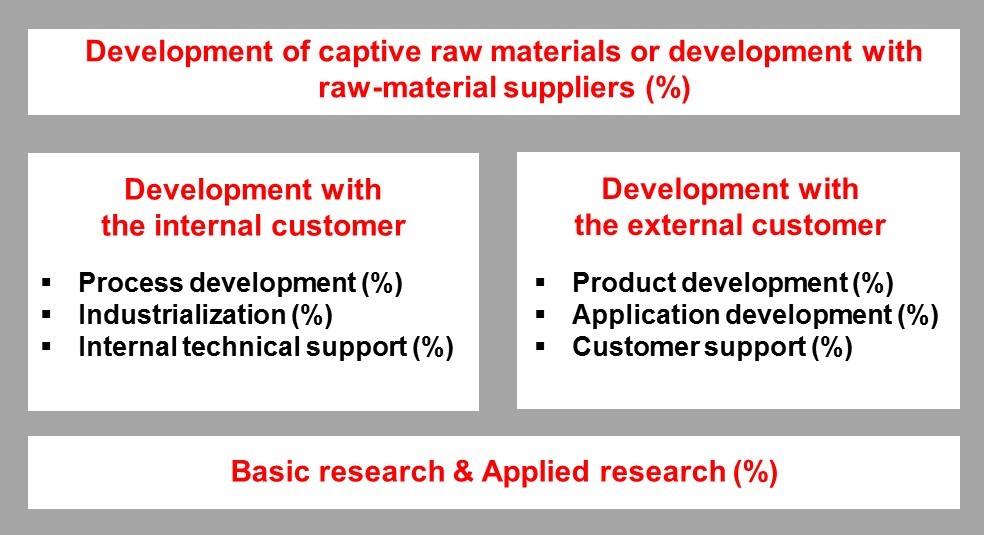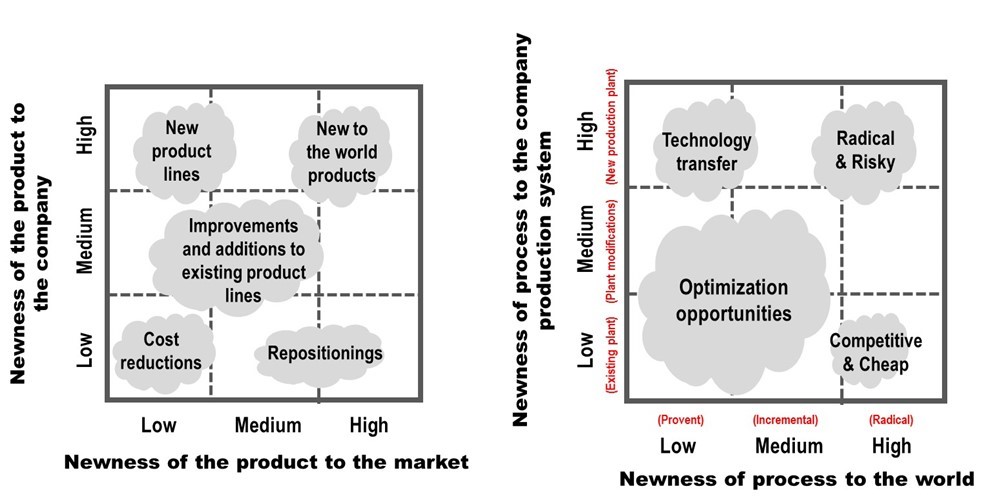
How much innovation is enough in your company?
Setting the stage
We all agree that corporate management in a market economy is about economizing scarce resources. However, this becomes more difficult when we must decide how those scarce resources should be distributed and, more specifically, how much of corporate resources should be allocated to R&D. Sometimes the answer will be “as much as we can afford this year” or “as much as we usually do” or “something close to what our competitors spend in our sector of industry”. None of these models is very satisfactory. Resources allocated to R&D should instead reflect the overall importance of R&D to the company. In other words, R&D spending ought to be related to the corporate overall business model and business strategy. To simplify, if a company has chosen a differentiation strategy the allocation of R&D resources to product innovation should be higher than if the company has chosen the strategy of cost competitiveness.
The company’s innovation strategy must be well aligned with its overall business strategy. If for example the company has opted to compete as a commodity producer, and selected a strategic direction we might call competition by cost, the innovation strategy should of course support such a strategic choice. In this case the strategic focus will be on process development and not product development, and the amount of resources allocated to R&D must be carefully scrutinized. This does not however say that R&D is not important to this company, but that available resources must be carefully allocated to strategically important areas of R&D. Since the low R&D intensity in process industry does not necessarily reflect the overall importance of company R&D, it is necessary to define the company R&D charter well (Lager, 2002).
Our perspective
Starting with the seemingly trivial question of “how much innovation is enough”, resource allocation models for innovation are rare, if indeed they exist at all. In the overall corporate resource allocation process, the distribution of corporate total resources to different functional areas like sales and marketing, production and R&D is often based on traditional percentages and previous needs. The lack of a usable and robust model for resource allocation is unfortunately particularly acute with regard to the distribution of corporate resources to innovation.
Product and process innovation in the process industries are only two of the innovation and innovation-related activities that should be considered, which in this context we call the company’s “distributed innovation intensities”. In order to get a balanced allocation of company innovation resources, it would be wise not only to use this typology in R&D strategy development but also afterwards conduct an annual follow-up on how resources are spent in reality along those dimensions (Lager & Blanco, 2010).

A typology for innovation and innovation-related R&D activities. The percentages in parenthesis illustrate the concept of “distributed innovation intensities” and put R&D in a strategic perspective as distributing “buckets of money” to different areas of R&D.
Technology road-mapping refers to translating company business strategies into innovation objectives, thus creating a “framework” for further development of innovation strategies. However, in the spirit of Minzberg, innovation strategies and activities may equally give new incentives to revise company strategies. Within such company R&D strategies the importance of a better classification of product development is gaining acceptance in industry, and the very early Booz, Allen and Hamilton product matrix can facilitate assessment of the company’s product development portfolio with regard to aspects such as necessary company resources, a proper risk/reward balance for the product development portfolio and personnel qualifications needed for different kinds of product development.
In a similar vein and in an improved classification of process innovation, the degree of newness of a process technology can sometimes be related to whether the process can be patented. Another thing that often distinguishes the process industries from other manufacturing industries is that production plants in the former are seldom easily modified, and changes in the process configuration are often costly and investment-intensive. Because of this, the newness of process technology to the company production system is another important dimension (Lager, 2002).

What is new with a new product, and what is new with a new process?